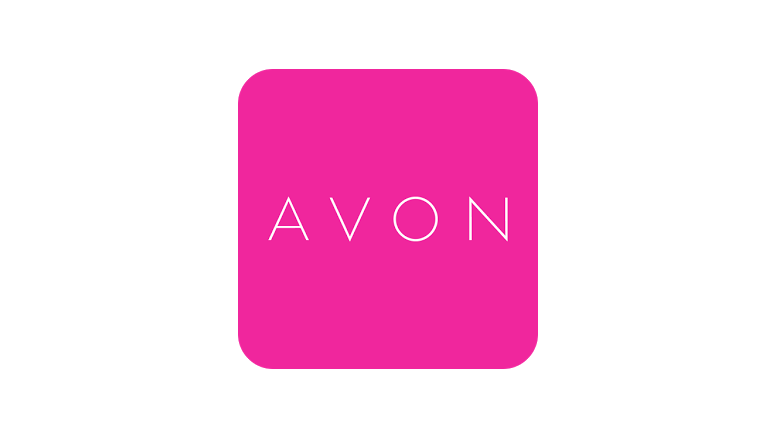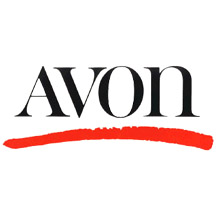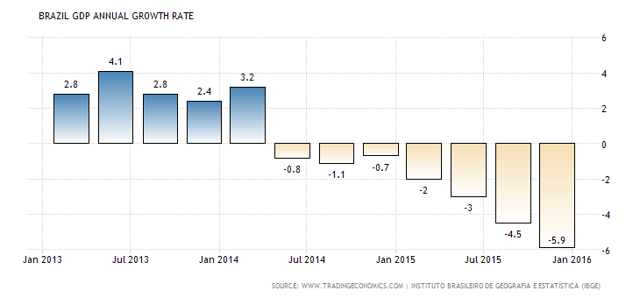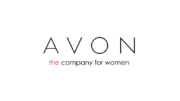Summary
- Cash flow from operations was a negative $165 million in the first quarter.
- Avon has over $2.1 billion in long-term debt, and negative shareholders’ equity.
- Covenants on the revolver become progressively more restrictive.
- Avon is completely an international company, and has sold its domestic operations to Cerberus Capital Partners.
- AVP’s direct-selling business model is outdated.
Avon Products, Inc. (NYSE:AVP) could file for bankruptcy within a year. Without the infusion of capital from Cerberus Capital Partners earlier this year, cash would have dropped almost $360 million in the first quarter alone. Avon has over $2.1 billion in long-term debt, negative shareholders’ equity, and has an obsolete business model. After selling its domestic operations to Cerberus, Avon has become solely an international company.
Avon has had declining revenue and profits in its international operations for years caused by a drop in actual sales and negative foreign currency adjustments. The company’s sales are in local currency, but its long-term debt is in U.S. dollars, which is a very risky business model.
Cerberus Capital Partners bought Avon’s domestic operations and purchased $335 million of its convertible series C preferred stock. Avon retained a 19.9% interest in the domestic operations (The 19.9% will allow this interest to be carried onto AVP’s books as an investment and not require it to consolidate the financials). This new capital will only delay the inevitable bankruptcy filing as long-term debt is not manageable with declining sales. These C series preferred shares have a 1.5% quarterly rate, which could be increased to 5% quarterly if certain obligations are breached. The dividends are payable in seven years with cash, common stock or with series D preferred stock. They are convertible at $5.00 per share and can be forced to convert if the common stock trades at or above $10 per share for 10 consecutive days. Since these new preferred shares have priority over common, there is even less probability that common shareholders would get anything in a Ch. 11 bankruptcy.
Outdated Business Model
Years ago, cosmetics and perfumes were marketed in stores using very unique and appealing packaging. The store model has changed. Now, the buying of these products has become a form of entertainment and self-indulgence. Flamboyant sales clerks try to make the customer feel glamorous as they sample the products. Surrounded by special lighting and mirrors, the customer is given a professional cosmetic treatment. Avon’s direct, door-to-door marketing lacks this experience. Avon’s products are low-end quality, which are sold based upon price and convenience. Part of the problem is that direct-selling is no longer viewed by the customer as being convenient. They have to read a brochure, make a selection, and then receive direct delivery at a later date. There is no immediate gratification nor is it as convenient as buying online.
Brazil, which is a key market, has had a very weak economy for over two years, and the outlook is not that encouraging. Other Latin American countries have also negatively impacted Avon’s results. Many of the countries have had a modest recovery from earlier this year, but the level remains weak. In order for Avon to increase its EBITDA and cash flow, Brazil and the rest of Latin America need to have a strong economic rebound. This is very unlikely to happen before Avon is forced to restructure.
Avon may have to renegotiate its $400 million revolver agreement. Under the revolver, the leverage of debt to EBITDA was allowed to increase from 4.5 at the time it was negotiated in June 2015 to 5.95 at year-end 2015. The revolver terms then require a progressively lower leverage of 5.4 for the March quarter, 5.0 for June, 4.75 for September, and only 4.25 for year-end 2016. The debt amount is not going to be reduced from $2.145 billion, and it is very unlikely that EBITDA will improve to over $500 million.
The first quarter report showed that cash improved only $68.8 million from year-end 2015 despite the $428.1 million net cash received from the new preferred stock. Without this payment, ending cash would have been $359.3 million lower. Cash flow from operations was a negative $165.4 million. This negative cash flow will make it difficult to make annual interest payments of $140 million going forward and it will be almost impossible to pay or get refunding for $500 million debt maturing in 2018. Remember the sale of Liz Earle Beauty Co. for $215 million was able to cover the last maturing debt issue. What assets are available to raise $500 million? None.
Long-Term Debt
Current coupon outstanding (mill$)
| Mar’18 | 5.75 | 249.8 | |
| July’18 | 4.20 | 249.8 | |
| Mar’19 | 6.50 | 348.6 | |
| Mar’20 | 4.60 | 6.35 | 499.6 |
| Mar’23 | 5.00 | 6.75 | 496.5 |
| Mar’43 | 6.95 | 8.70 | 249.3 |
| Other | 12.7 |
Note: The interest coupons were increased on some debt issues due to the downgrading of the debt. All of the above debt is unsecured and is currently rate B by S&P, which was lowered from B+ in February, and Ba2 by Moody’s.
Shareholders have been upset with the management since the board rejected a $24.75 per share bid from Coty, Inc. (NYSE:COTY) in 2012. In 2014, it was fined $135 million for making bribes in China. Recently, a shareholder activist, Barington Capital Group, which owns about 3% of the stock, threatened a proxy fight, but a settlement has been negotiated. Some investors are hoping for a price pop when the current CEO, Sheri McCoy, is finally fired by the board. Because a “change of control” covenant in Avon’s debt and preferred stock agreements, it is unlikely that a buyer will now rescue Avon. The debtholders would have the right to have their notes redeemed at just over par, and preferred C holders have the right to put the stock back at par, which effectively makes an acquisition more expensive.
Since Avon announced that it was moving its headquarters to the U.K. from New York, it could elect to go into administration in the U.K. under the Enterprise Act of 2002, but since there is more flexibility in the U.S. under Ch. 11, a filing in New York where it is incorporated is more likely. For example, in the U.K., a company cannot get a U.S. type of DIP financing, but must rely on their creditors to supply any needed additional financing while in administration.
Conclusion
Prices for Avon’s debt and common stock have moved higher from earlier this year as some countries have reported slightly improving economic activity, but this modest improvement is not enough. Avon simply has too much debt. Its business model is obsolete and cannot be redesigned before $500 million in debt matures in 2018. A new CEO would help, but there is not enough time to avoid a needed debt restructuring.
In March of 2017, most of its outstanding long-term debt has an interest payment due. I expect that Avon will decide to save cash and not make a payment. I would also expect it will file for Ch. 11 bankruptcy in New York. Common shareholders will most likely get nothing and have their shares cancelled, especially with the new, large issue of preferred stock having a priority rank. Noteholders would most likely get equity in a new company under a reorganization plan.
The current note prices and yields (for current prices/yields see finra.org) do not reflect the extremely negative outlook for Avon, and I would recommend selling. I would also recommend selling the common stock.
Disclosure: I/we have no positions in any stocks mentioned, and no plans to initiate any positions within the next 72 hours.
I wrote this article myself, and it expresses my own opinions. I am not receiving compensation for it (other than from Seeking Alpha). I have no business relationship with any company whose stock is mentioned in this article.
Article Source: SeekingAlpha.com







Be the first to comment on "Avon Could File For Bankruptcy"